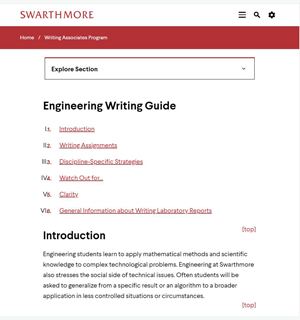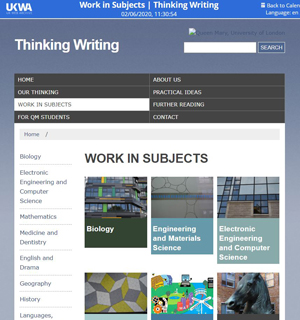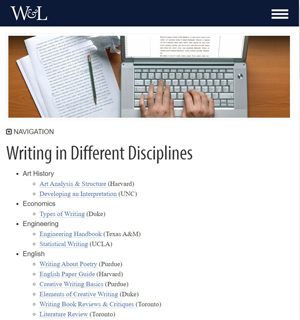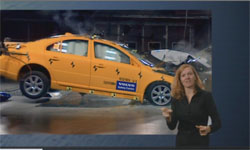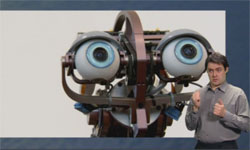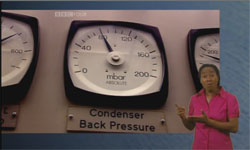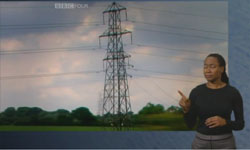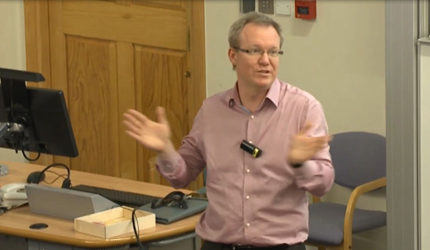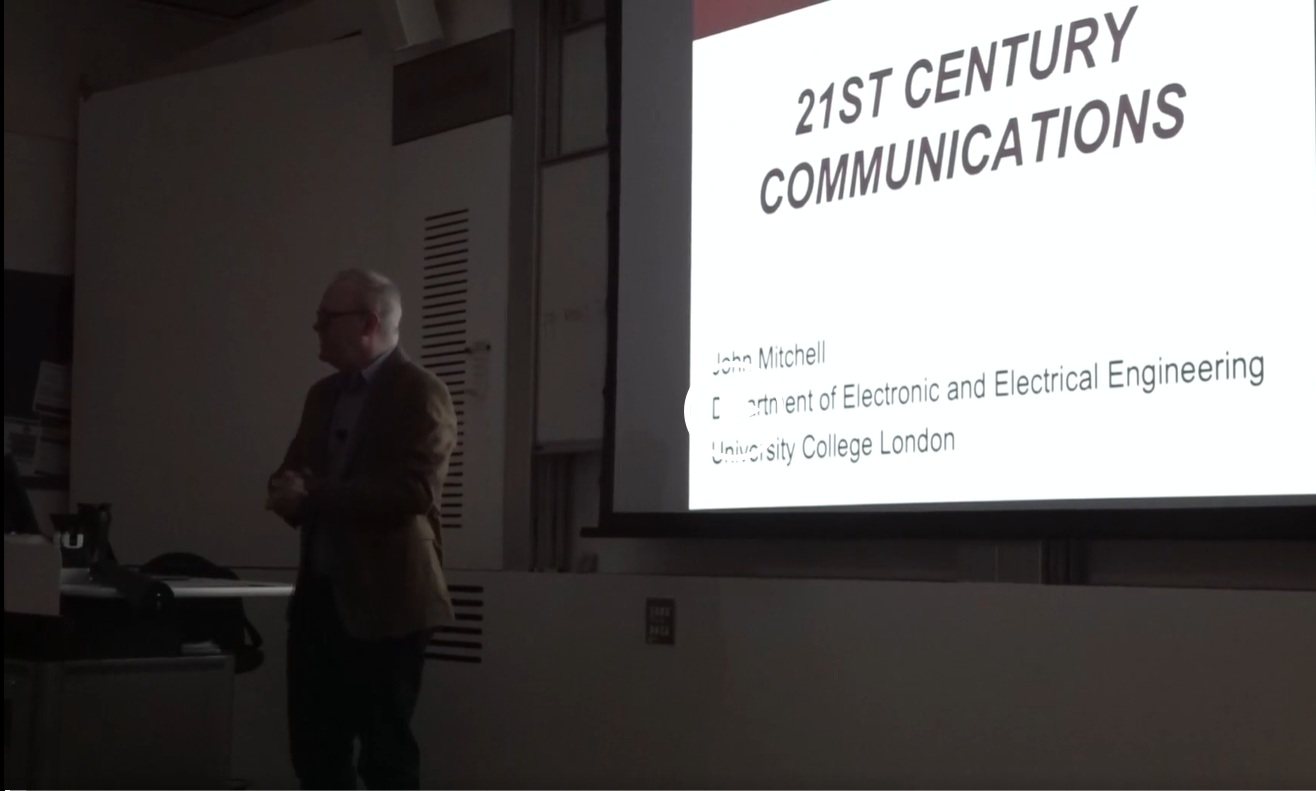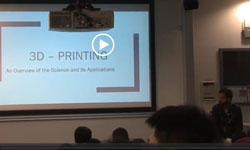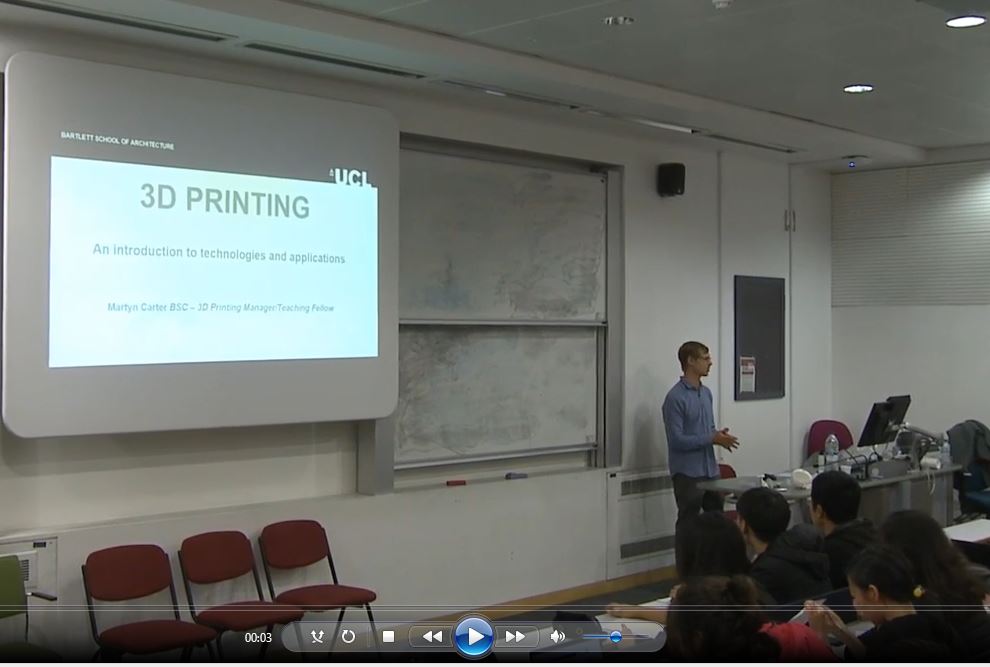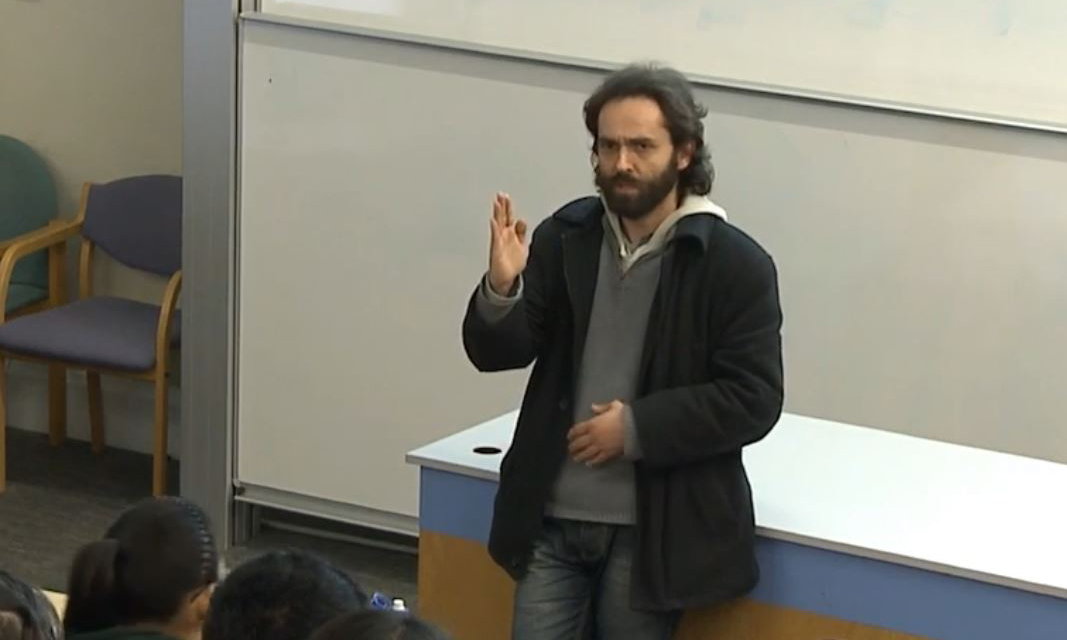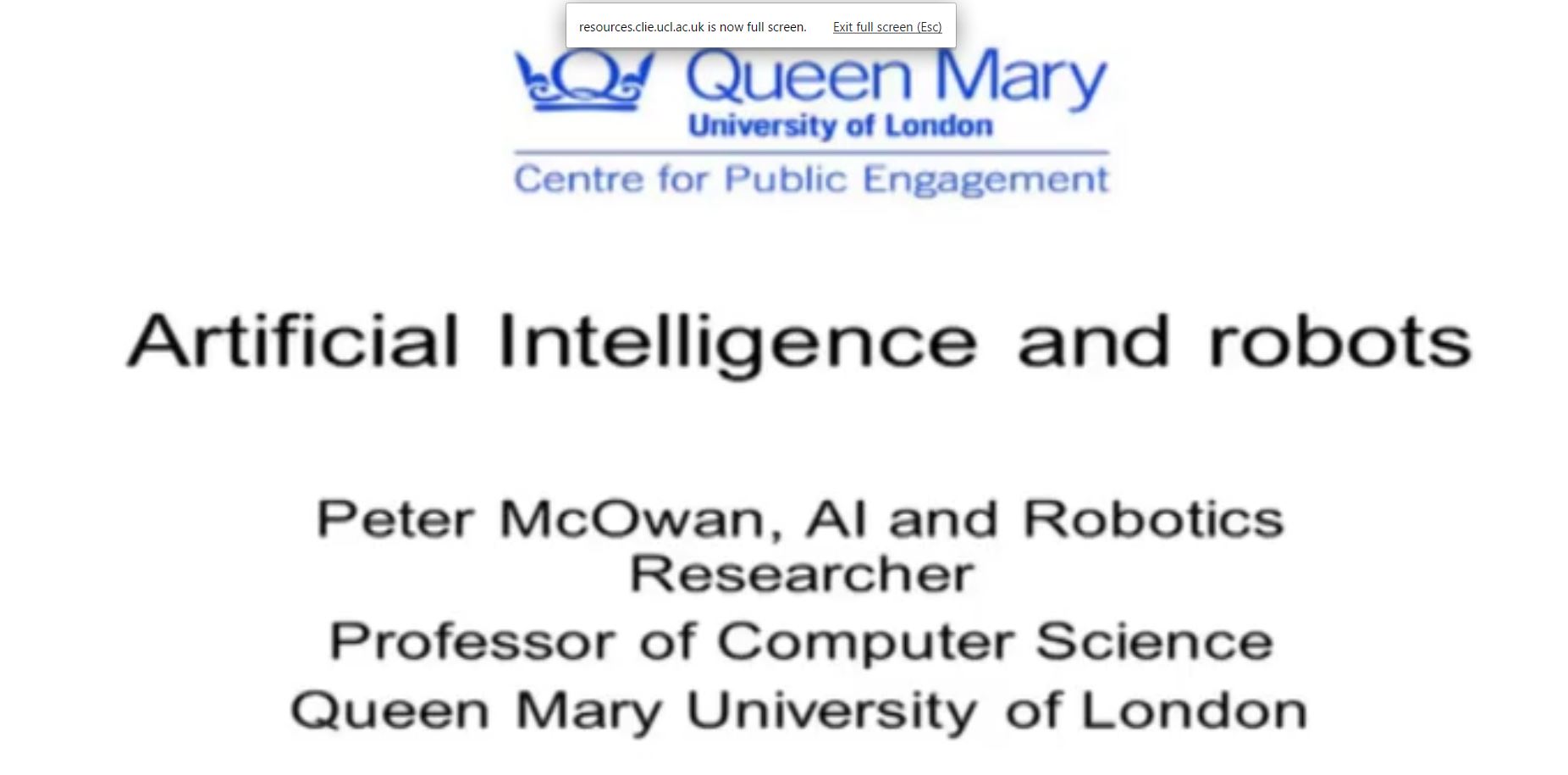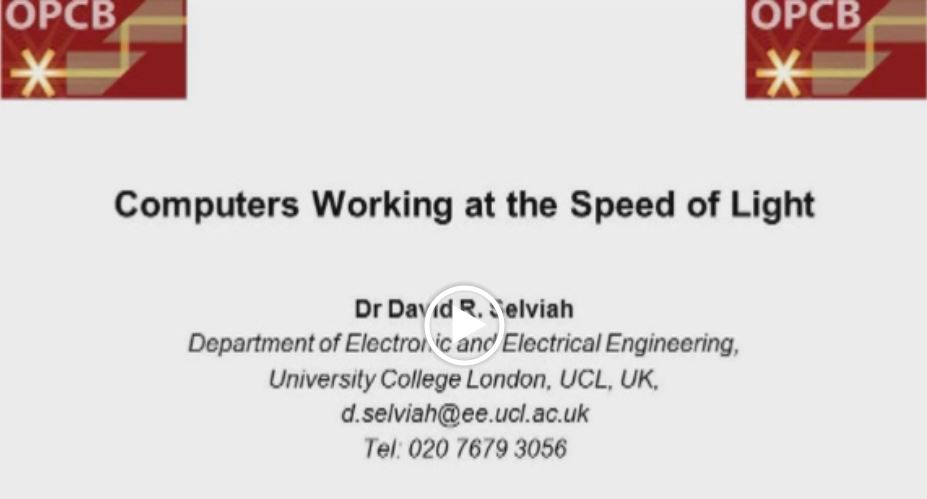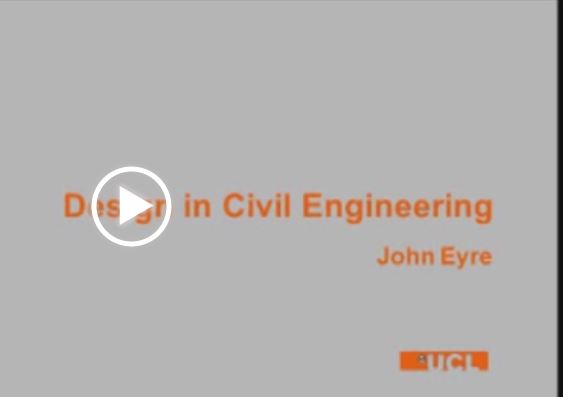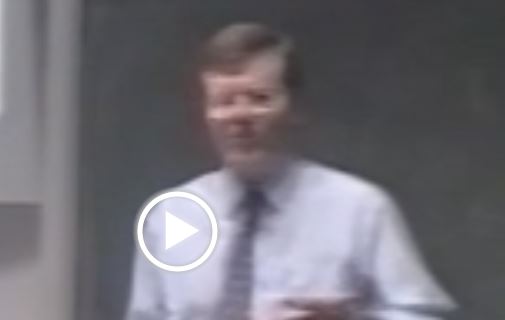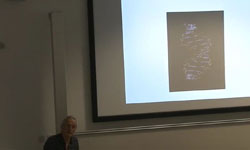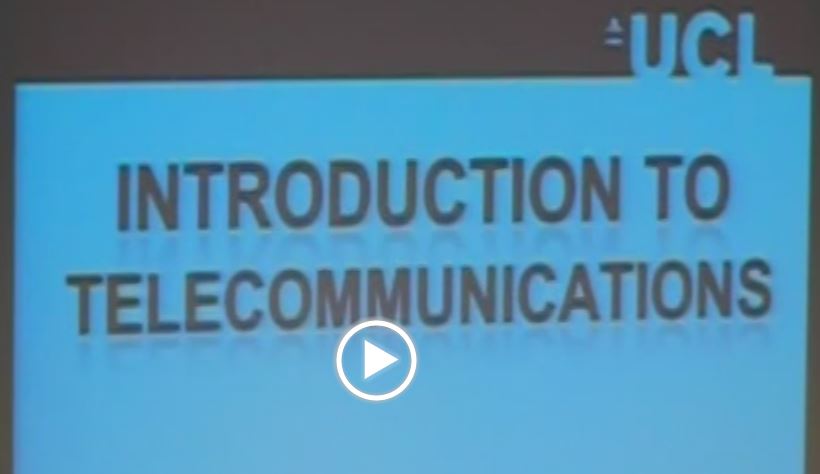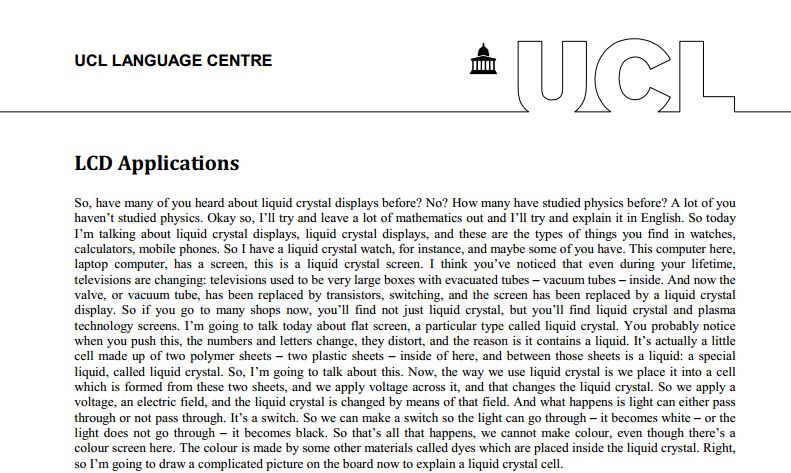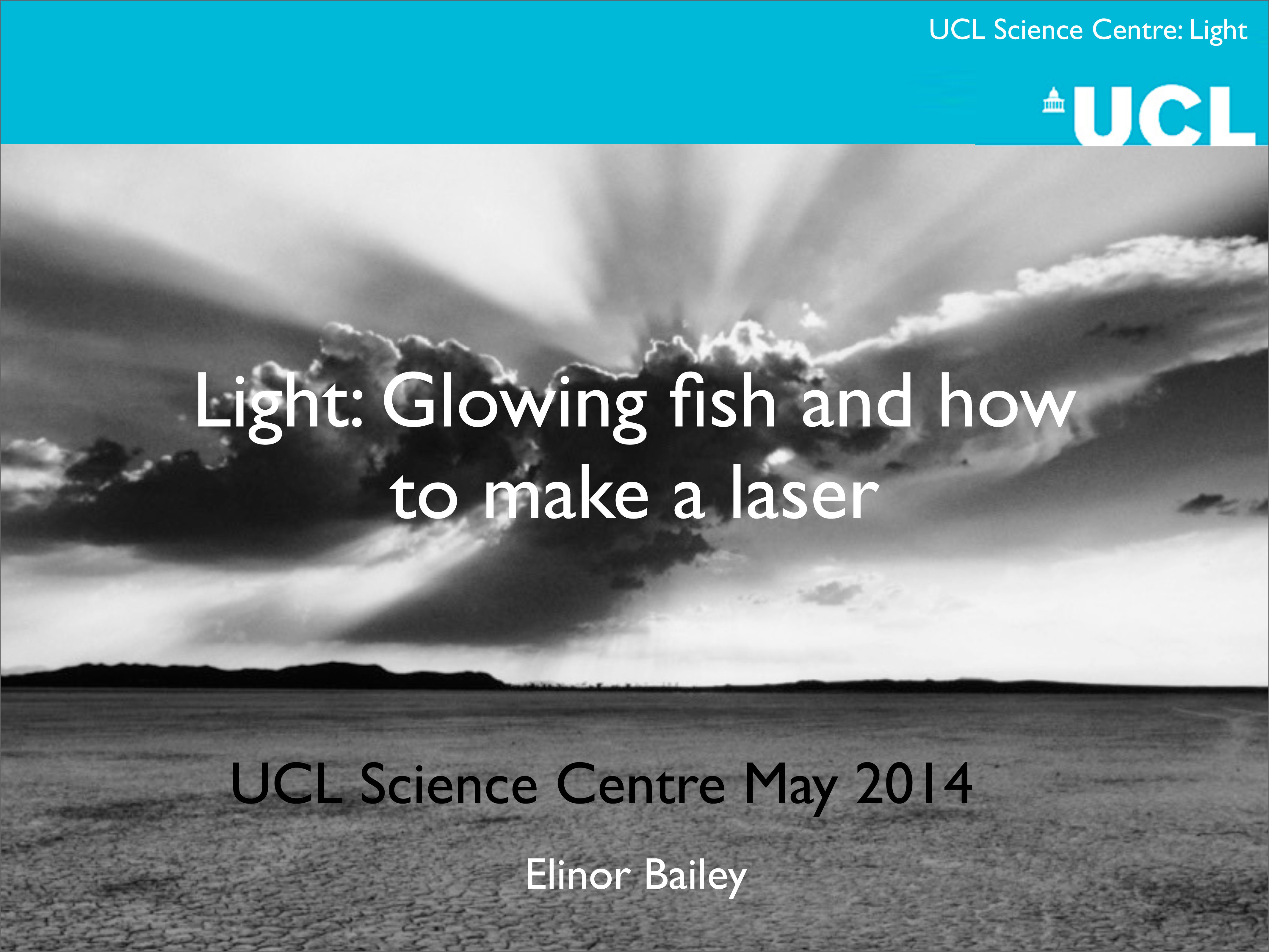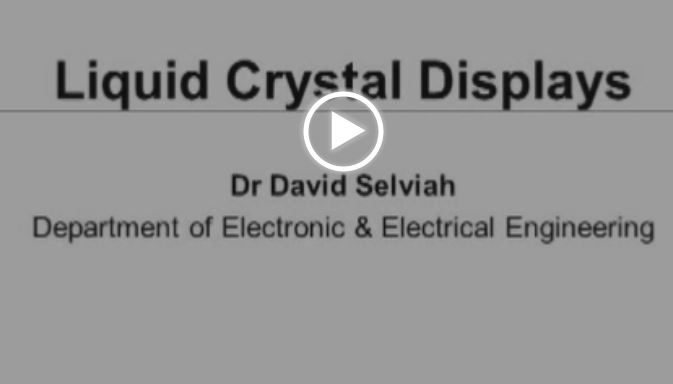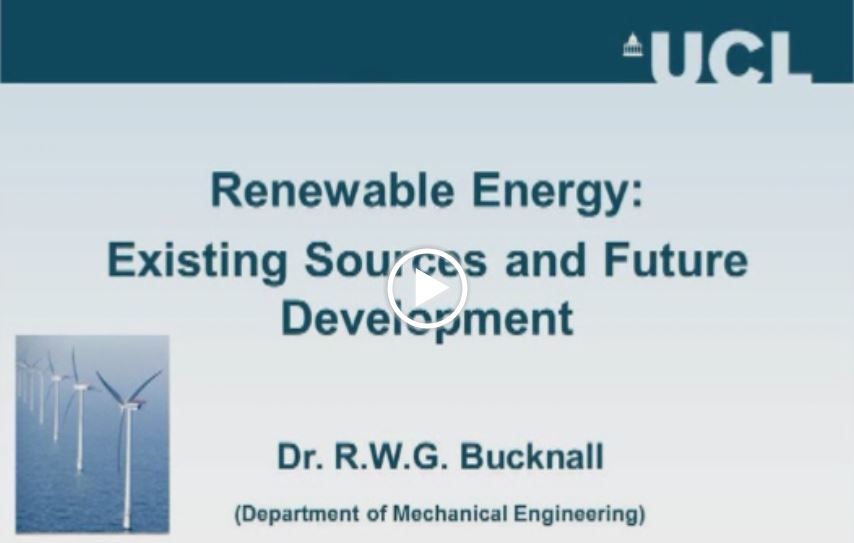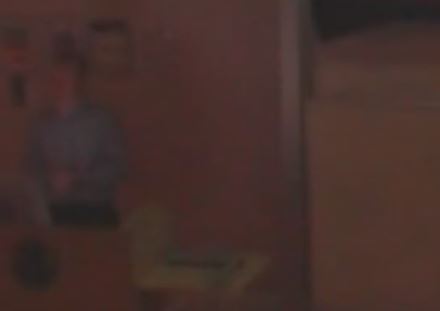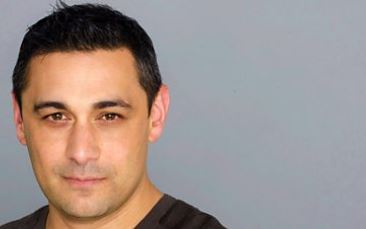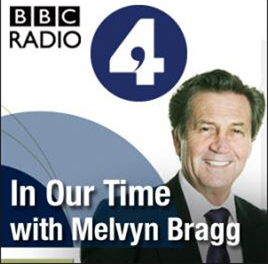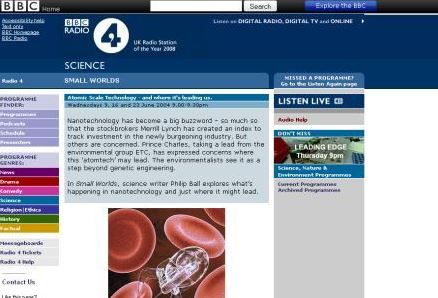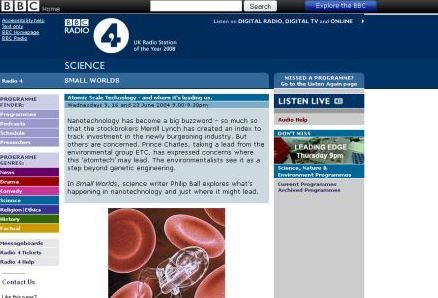Select one or more of these popular tags:
-
Assignment structures and samples
-
Links to guides to writing in 10 different discipline areas: architecture, arts, business, education, engineering, IT, law, medicine, pharmaceuticals and science.
Links to guides to writing in 10 different discipline areas: architecture, arts, business, education, engineering, IT, law, medicine, pharmaceuticals and science.
-
Engineering Writing Guide
-
Brief guide to writing in Engineering, including lab reports.
Brief guide to writing in Engineering, including lab reports.
-
Thinking Writing: Work in Subjects
-
Links to guides to writing in 12 subjects (but Engineering and STEM links were broken at last check).
Links to guides to writing in 12 subjects (but Engineering and STEM links were broken at last check).
-
Writing in Different Disciplines
-
A collection of links to discipline-specific writing advice and help at American universities.
A collection of links to discipline-specific writing advice and help at American universities.
Horizon meets the scientists working to make fatal car crashes a thing of the past.
- British-Sign-Language
- Engineering
- No subtitles
- 60
Horizon meets the scientists working to make fatal car crashes a thing of the past.
Danny Wallace really wants a robot. He wants it to walk like him and talk like him. It's what scientists have been promising us for generations but it's a promise so far unfulfilled. Danny circumnavigates the globe searching for robot nirvana and trying to uncover how far away his dream is.
- British-Sign-Language
- Engineering
- BSL subtitles
- 48
Danny Wallace really wants a robot. He wants it to walk like him and talk like him. It's what scientists have been promising us for generations but it's a promise so far unfulfilled. Danny circumnavigates the globe searching for robot nirvana and trying to uncover how far away his dream is.
Miners, nuclear scientists, politicians, environmentalists and even the City have all wrestled for control of the national electricity grid and the power that it has brought.
- British-Sign-Language
- Engineering
- BSL subtitles
- 60
Miners, nuclear scientists, politicians, environmentalists and even the City have all wrestled for control of the national electricity grid and the power that it has brought.
At the heart of Britain sits something so all pervasive we don't even notice it's there - the national electricity grid. This three-part series charts how our lives got wired and the impact electrification has had.
- British-Sign-Language
- Engineering
- No subtitles
- 60
At the heart of Britain sits something so all pervasive we don't even notice it's there - the national electricity grid. This three-part series charts how our lives got wired and the impact electrification has had.
-
21st Century Communications
-
Professor John Mitchell , 2017
Science and Society Lecture - 21st February 2017
- Lectures
- No subtitles
- 41
Science and Society Lecture - 21st February 2017
-
21st Century Communications
-
John Mitchell , 2025
Science and Society Lecture. 03-02-25
- Lectures
- No subtitles
- 41
Science and Society Lecture. 03-02-25
-
3D Printing
-
Dr Yiannis Koutsonas , 2017
Science and Society Lecture - 10th October 2017
- Lectures
- No subtitles
- 42
Science and Society Lecture - 10th October 2017
-
3D Printing
-
Dr Martyn Carter , 2018
Science and Society Lecture 16/10/2018
- Lectures
- No subtitles
- 46
Science and Society Lecture 16/10/2018
-
3D Printing
-
Dr Yiannis Koutsonas , 2017
Science and Society Lecture - 7th February 2017
- Lectures
- No subtitles
- 42
Science and Society Lecture - 7th February 2017
-
Artificial Intelligence and Robots
-
Peter McOwan , 2015
Diploma Lecture May 2015
- Lectures
- Engineering
- No subtitles
- 55
Diploma Lecture May 2015
-
Computers Working at the Speed of Light
-
Dr David R Selviah
Pre-Sessional 2011
- Lectures
- Engineering
- Lectures
- No subtitles
- 55
Pre-Sessional 2011
-
Design in Civil Engineering
-
Dr John Eyre
Diploma 2011/2012 23.01.12
- Lectures
- Engineering
- Lectures
- No subtitles
- 60
Diploma 2011/2012 23.01.12
-
Genetic Engineering (with worksheet)
-
Dr John Carey
Sound goes off (converted different version with sound 12/08/10) TO BE REMOVED ?
- Lectures
- Biology
- Engineering
- Lectures
- No subtitles
- 60
Sound goes off (converted different version with sound 12/08/10) TO BE REMOVED ?
-
Genetics 2018
-
Professor Steve Jones , 2018
Pre-Sessional Lecture 15.05.2018
- Lectures
- No subtitles
- 57
Pre-Sessional Lecture 15.05.2018
-
Introduction to Telecommunications
-
John Mitchell
Pre-Sessional 2009
- Lectures
- Engineering
- Lectures
- No subtitles
- 50
Pre-Sessional 2009
-
LCD Applications (with transcript)
-
Dr David Selviah
Diploma 2009
- Lectures
- Engineering
- Lectures
- Arabic subtitles
- 59
Diploma 2009
-
Light: Glowing Fish and How to Make Lasers
-
Dr Elinor Bailey , 2014
Diploma Lecture 2014
- Lectures
- No subtitles
- 66
Diploma Lecture 2014
-
Liquid Crystal Displays
-
Dr David Selviah
Diploma Lecture 2012
- Lectures
- Lectures
- Science and Technology
- No subtitles
- 43
Diploma Lecture 2012
-
Renewable Energy: Existing Sources and Future Development
-
Dr R.W.G. Bucknall
Pre-Sessional 2011
- Lectures
- Engineering
- Lectures
- No subtitles
- 71
Pre-Sessional 2011
-
Telecommunications
-
Dr John Mitchell
GPC/Pre-sessional Lecture 2008
- Lectures
- Computer Science
- Engineering
- Lectures
- No subtitles
- 58
GPC/Pre-sessional Lecture 2008
-
Engineering Solutions: Belfast Sewers Project
-
Adam Hart-Davies
Adam Hart-Davis dons his hard hat and waders as he wanders through Belfast's sewer network to see how today's engineers are modernising the Victorian sewerage network with robots and ultra violet light.
Adam Hart-Davis dons his hard hat and waders as he wanders through Belfast's sewer network to see how today's engineers are modernising the Victorian sewerage network with robots and ultra violet light.
Neil MacGregor visits Strasbourg, now in France, but also a city with a key place in German history, culture and precision engineering, as revealed by a model of the cathedral clock, now in the British Museum.
Neil MacGregor visits Strasbourg, now in France, but also a city with a key place in German history, culture and precision engineering, as revealed by a model of the cathedral clock, now in the British Museum.
-
In Our Time - Genetic Engineering
-
Melvyn Bragg
Melvyn Bragg and guests discuss the implications of the developments in genetic engineering. With Grahame Bulfield, geneticist, honorary professor, Edinburgh University and Director of the Roslin Institute, Edinburgh; Bryan Appleyard, features writer for The Sunday Times and author of Brave New Worlds: Genetics and the Human Experience.
Melvyn Bragg and guests discuss the implications of the developments in genetic engineering. With Grahame Bulfield, geneticist, honorary professor, Edinburgh University and Director of the Roslin Institute, Edinburgh; Bryan Appleyard, features writer for The Sunday Times and author of Brave New Worlds: Genetics and the Human Experience.
Nanotechnology has become a big buzzword – so much so that the stockbrokers Merrill Lynch has created an index to track investment in the newly burgeoning industry. But others are concerned. Prince Charles, taking a lead from the environmental group ETC, has expressed concerns where this ‘atomtech’ may lead. The environmentalists see it as a step beyond genetic engineering.
Nanotechnology has become a big buzzword – so much so that the stockbrokers Merrill Lynch has created an index to track investment in the newly burgeoning industry. But others are concerned. Prince Charles, taking a lead from the environmental group ETC, has expressed concerns where this ‘atomtech’ may lead. The environmentalists see it as a step beyond genetic engineering.
-
Small Worlds - 02 Why Worry?
-
Philip Ball
The environmentalist ETC group has warned that nanotechnology (or ‘atomtech’ as they describe it) poses “horrendous social and environmental risks”. It was that group's report, The Big Down, which prompted the Prince of Wales to ask the Royal Society to look into the impacts of nanotechnology.
The environmentalist ETC group has warned that nanotechnology (or ‘atomtech’ as they describe it) poses “horrendous social and environmental risks”. It was that group's report, The Big Down, which prompted the Prince of Wales to ask the Royal Society to look into the impacts of nanotechnology.


